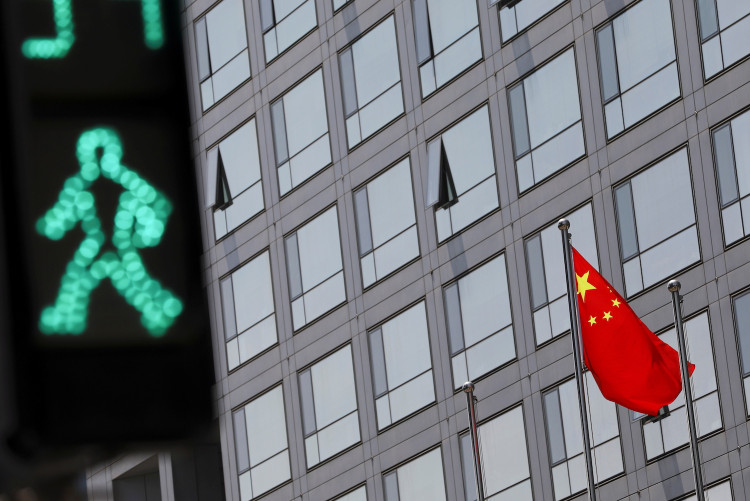China, once the world's fastest-growing economy, is now grappling with a series of economic challenges, casting a shadow over its ambitions to become the world's leading superpower. Recent data indicates a slowdown in manufacturing for the fifth consecutive month, coupled with the looming collapse of one of its largest homebuilders. This downturn is not an isolated incident but a reflection of deeper systemic issues plaguing the Chinese economy.
The economic model that once propelled China to the forefront of global growth, characterized by extensive borrowing and infrastructural projects, is no longer viable. The country, which once witnessed a construction boom, now sees empty highways and an overburdened debt system. The infrastructure-driven growth model that served China well in its early development phase seems to have reached its limits.
Compounding these economic challenges is a significant demographic shift. China's population is both ageing and declining, raising concerns about the future quality and productivity of its workforce. Such demographic changes could potentially reduce capital returns and hinder national growth. Over 14% of China's population is now aged 65 or older, a statistic that poses challenges for an economy recovering from a global pandemic.
Major international investment banks have taken note of these challenges, revising their growth projections for China in 2023 below the central government's target. Factors such as soft consumption patterns, a turbulent property market, and escalating debt concerns underpin these revisions. Recent data, including a decline in China's services activity, underscores these concerns, prompting questions about the stability of China's economic recovery and its implications for global demand.
Bloomberg Economics' latest forecast suggests a delay in China's goal to surpass the US as the world's dominant economy. While earlier estimates projected this shift by the mid-2040s, current analyses indicate that even if China achieves this milestone, its margin of dominance will be narrower than anticipated.
China's stringent "zero-COVID" policy seems to have had lasting effects on consumer confidence, leading to a dip in consumption. Some analysts argue that a significant economic stimulus might be necessary to revive the economy, which could have broader positive implications for global markets.
A key issue is the demographic distribution. The evolving needs of the economy might be challenging to align with the available workforce due to structural changes across industries. This has reignited debates around China's "hukou" household registration system, which has historically restricted population mobility and limited access to public services for rural migrants in urban areas.
However, it's not all gloom and doom. Some economists argue that China's economic challenges could inadvertently benefit Western countries. For instance, China's economic slowdown might help alleviate inflation in Europe. The decline in China's real estate activity could reduce global demand for materials like iron ore, potentially making these materials more affordable. This could benefit European businesses that import goods from China, potentially leading to increased profits or reduced prices for European consumers.
In conclusion, while China faces a series of economic and demographic challenges, the global implications are multifaceted. As China navigates its way through these hurdles, the world watches closely, understanding that the ripples of China's economic trajectory will be felt far and wide.






